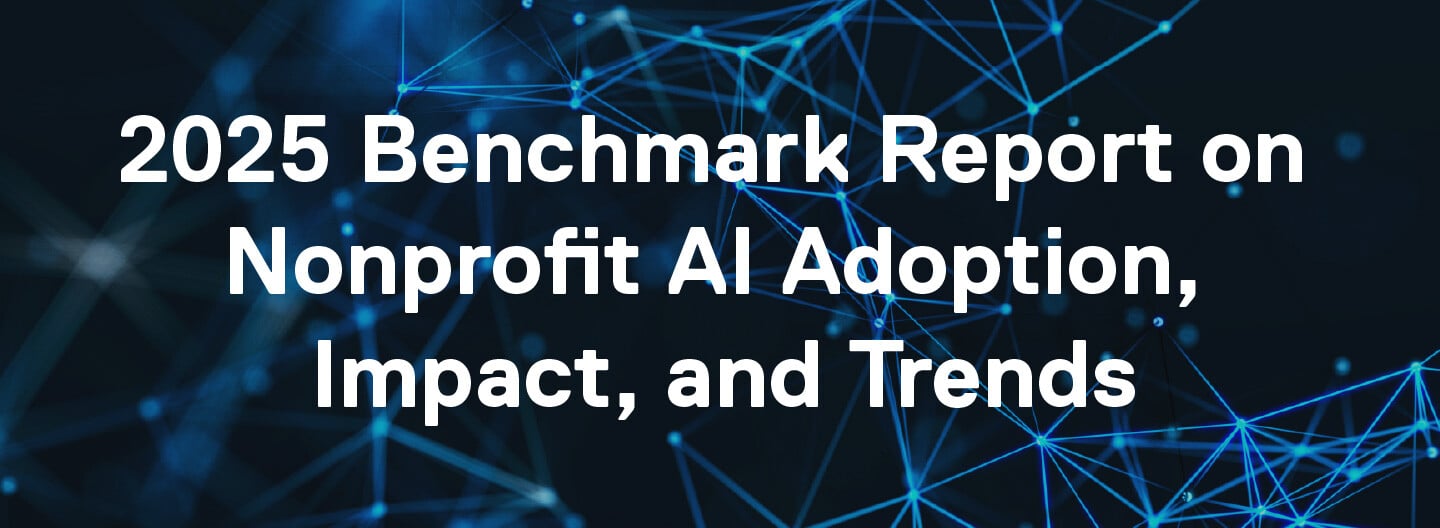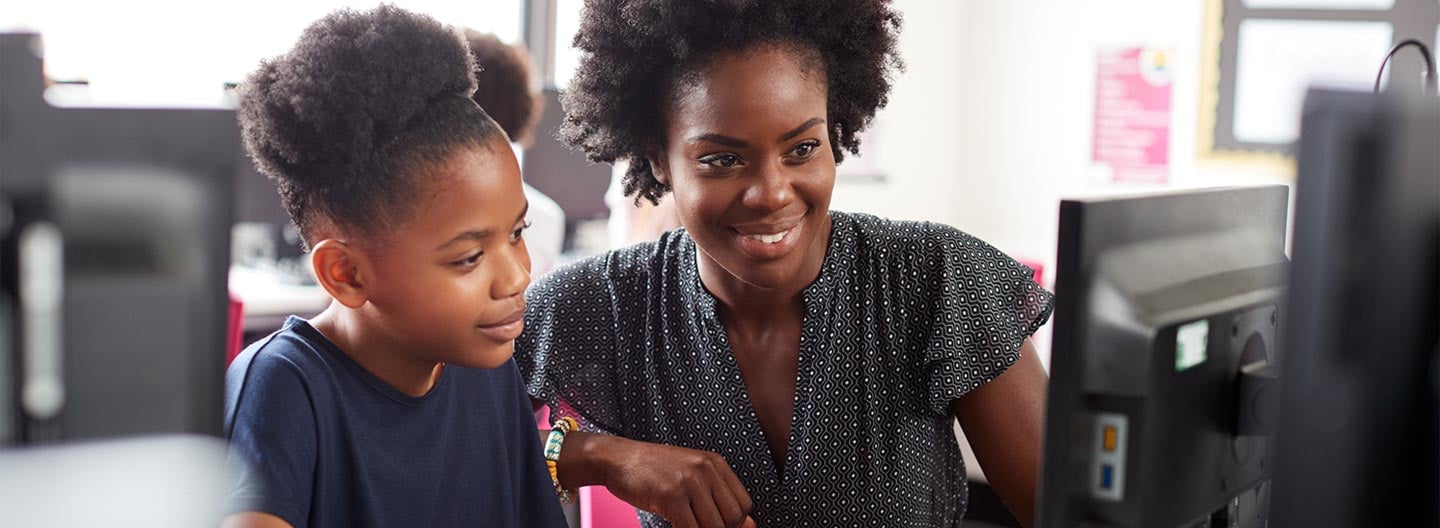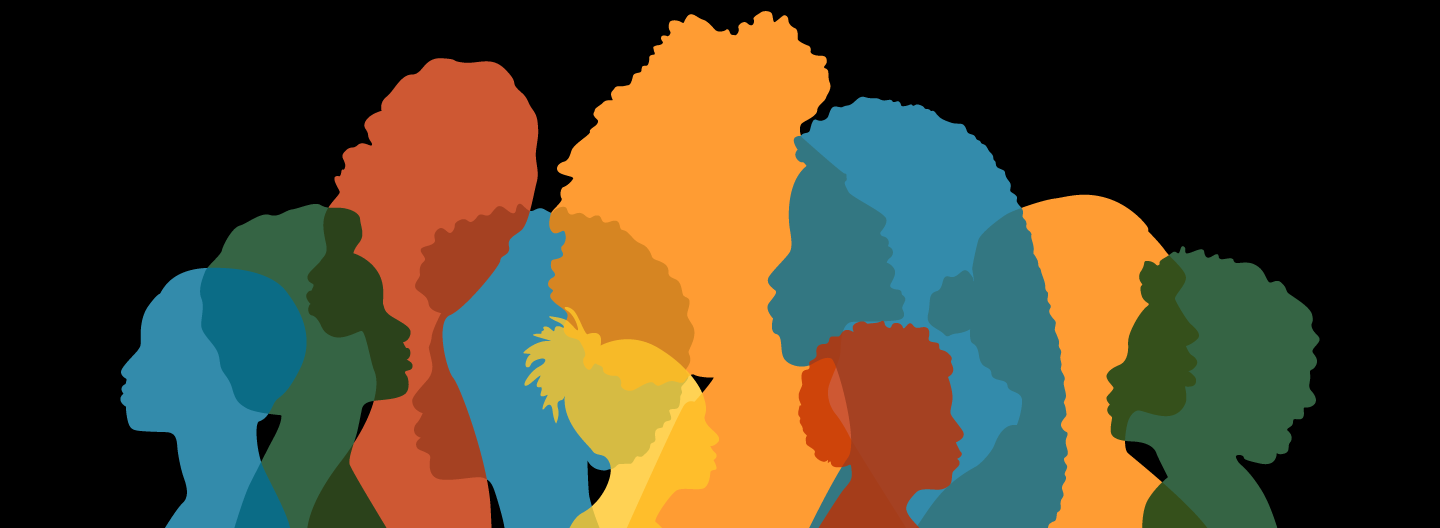Portland Women in Tech (PDXWIT) is a community of nearly 10,000 members dedicated to advancing inclusion in the technology industry. The PDXWIT journey began in Portland, Oregon, but the movement includes an increasing number of people from all over the U.S. and the world.

We sat down with board co-chair Rihana Mungin to hear about her own journey as a Black woman in engineering, gain some insight into the philosophy and work of PDXWIT, and glean her advice for organizations looking to encourage diversity in their own organizations. She is currently finishing her master's degree in mechanical engineering, with a focus on microgravity fluid physics (the management of liquid in space). Her contributions to this work include using weave hair extensions to model root systems for plant watering experiments on the International Space Station. Or in her own words, "I sent weave to space!"
We were also joined by Elizabeth Stock, executive director, and Isabel Rodriguez, communications and data specialist. Here’s some of our wonderful conversation.
TS: What does diversity in the technology space mean to you?
RM: When I think of diversity in the workspace, I think of innovation. You are going to get so many more innovative ideas when you have people coming from all different kinds of backgrounds, not just gender and sexual identity, but different socioeconomic backgrounds, different parts of the country, different parts of the world. I've got a lot of personal stories from wacky projects that I've done in grad school where we would have never found this solution if it wasn't for me being a Black woman.
TS: Why do you choose to work with PDXWIT?
RM: I choose to do this because I am a Black woman in engineering, and I love the work. I find joy, I find fulfillment, it is very meaningful work for me. The problem is there's a lot of other stuff that takes my energy away from being able to do the work.
It's very rare that there's one massive racist, sexist, whatever-ist thing that happens to me at one moment, but it's death by a thousand cuts. It's these little things that are so frustrating and they build up over time, and it takes you away from what you are actually good at. It just ruins that joy for me. With PDXWIT, I walk into that space and not only do I feel like I belong there, but people want me to belong there. If you come in and you don't feel like you belong, then there's a problem, and we're going to solve it because we want you to belong, and that's a completely different experience than I've had in my tech experience.
TS: Can you tell us about your own experience of being a Black woman in tech?
RM: So I'll share one general and one specific thing.
I’ve worked in male-dominated spaces most of my career, and there can be times where things might not sit right. Again, most of the time it isn’t explicitly racist, and it isn’t explicitly sexist, but there are red flags. I’ve gotten into the habit of bringing these red flags to leadership, but because I’m usually the only one reporting it, nobody seems to think it could be an issue. What comes next? One of those big major issues that are so rare comes to light. Something that could have been completely mitigated if I had been listened to. I feel gaslit into thinking that there's something wrong with me, that I'm too sensitive, and then there are really big problems, and it totally crushes my ability to enjoy the work. It’s exhausting and it makes sense why so much goes unreported.
For a specific example, unfortunately I struggled quite a bit with finishing my graduate degree because my advisor and I had very differing opinions about Black Lives Matter, and every conversation would deviate toward that. This was coming from someone who I cared about, who I trusted, who had my degree in their hands. I’m Black! How am I supposed to deal with this power dynamic? It just broke me down, like how am I supposed to do this, how can I feel comfortable in this space?
But again, it's the death by a thousand cuts that comes into it, when you walk into a space and it feels like people are questioning whether or not you belong there.
TS: What are some challenges and barriers to increasing diversity and belonging in the tech space?
RM: The barriers start early. This is starting in elementary school; this is starting when these kids are born. If you are a woman or you are a girl, you are expected to pursue "girl things," and technology and science aren't considered girl things.
When I was growing up, there were specific areas where folks belonged, and because I took technology classes and I was the only woman, the only person of color, I always stood out. Coming to college, there was a little bit more diversity but still not enough. You think about where folks are coming from, whether their school had high achieving math and science programs, or whether they were born into a poorer school district. That already puts folks behind as they try to break into this industry. And it's reinforced when you're in college because if you didn't grow up with these privileges, maybe you're working in college and you can't go for that internship. Maybe you can't get as high grades, because you've got to pay for your living expenses. There are just these constant barriers.
Everything is usually determined through the lens of leadership, and typically in tech, leadership is white and male. With PDXWIT, our primary mission is to create a space that fuels belonging for the folks who aren't currently represented in the tech industry. When you make that space available, it increases everyone's benefit and enjoyment and fulfillment in their jobs. It's not taking anything away; it's just making the quality of life better for everybody.
TS: Can you tell us about your State of the Community survey, and what lessons and takeaways you've got from that over the years?
ES: The survey started in 2018 as an opportunity for us to get demographic information on the PDXWIT community. Who we are serving, who is being excluded, what types of jobs that they have in tech. It was just for internal purposes to get a sense of our members. But over the years it's evolved into something that we share out publicly to help inform tech companies of the patterns and experiences of folks in the tech industry.
RM: We haven't done a State of the Community survey in a little while. When I first started at PDXWIT, the leadership in the organization looked very different, and the survey data we were getting was coming predominantly from white women in Portland. A white woman's experience is very different from a BIPOC employee or someone with a different gender or sexual expression, neurodivergent individuals, or folks with disabilities. It was a very slim view into the challenges that we're facing in the tech industry. So, when COVID turned our lives upside down, we decided to have a pause on the State of the Community survey to focus on how to continue to support our community during a pandemic, but also figure out a way to retool the survey, so that it accurately captures the opinions of everybody, so that we can make more informed decisions around what is needed in the tech industry.
IR: One of the things that we're going to be doing a little differently this year for our State of the Community survey is to get a sense for how the great resignation impacted folks in the tech industry. We have a particular interest in how it has impacted folks who come from marginalized backgrounds, to really see how those trends differ by demographic.
ES: In our last round of the State of the Community survey, we asked a few questions like, "What do you think of your company's approach to DEI [diversity, equity, and inclusion], and would you recommend that a person from an underrepresented background in tech come work with you on your team?" Overwhelmingly, white and cisgender individuals gave a big thumbs up about how effective these DEI efforts are at their companies, whereas BIPOC and gender-nonconforming folks really disagreed with that. One of the conclusions we made is that the people who are often driving DEI efforts at a company are coming from leadership. They probably have great intentions but do not have a ton of lived experience to draw from. We are really trying to take a look at why there is such a difference of perception and where programming can come in and support that.
TS: Do you have any practical tips for tech companies or hiring managers, to help them create more diverse workspaces while avoiding tokenism and diversity hiring?
RM: First and foremost, recognize that maybe you could use help. I think people have this desire for diversity within the workplace, but you might not be an expert in this. If you don't have diversity in your place, you have to address it and say, "We know it's a problem, and we're trying to fix it,'' at the very least. In Portland, there's this amazing HR firm called Workplace Change. It's a Black woman–owned company that can help you really focus on where those gaps are when hiring for your workforce.
Rethink an investment into an employee. Maybe think about hiring someone and training them. Maybe have some kind of mentoring program for folks. When you set up interview panels, make sure that there is diversity on those panels, so that they can see different characteristics that other folks might overlook.
Also, paying people for their emotional labor in this interview process. If you put someone on an interview panel and that's not part of their job description, that's a lot of extra work. Especially if you're trying to create a more diverse workforce because you have to do a lot more work to change that perception. It's often the individuals who aren't represented in tech who become the "diversity experts," just because they're not part of the main body of this group, and there's no compensation for that.
ES: Put the salary in the job description, that is a tactical way to increase diversity of applicants, but also address overall salary disparities that exist across race and gender.
RM: When I started working from home full time, the number of microaggressions that I experienced plummeted. Physically being in a safe space where there isn't as much of that spontaneous interaction is such a relief. So, let's keep that as an option available for folks.
TS: Can you highlight some of your own practices within PDXWIT, things that you do to encourage diversity when you're hiring?
RM: Earlier I said, if you're not an expert you ask for help. That's what we do. When I first started at PDXWIT, it was all white leadership, with the exception of myself and one other board member. We went through a process with a consulting company to look at our blind spots. A big part of that was hiring, so we had someone come in and talk to us about hiring, and from there, we looked at how we structure our job descriptions and how to assess applicants. When you talk about a candidate, you name what those biases are.
ES: We have created a super transparent web page to share our internal work, our demographics, and some specific changes we made. Also, we give away some money, and we want to be transparent about the causes and organizations we are supporting.
RM: One thing that I've found so helpful is sending job candidates the interview questions. I feel very extroverted — you can ask me a question on the spot — but just because I can think on my feet doesn't mean I'm the best fit for the job. If you're able to send these questions to folks, you are giving them the space to be their best selves.
ES: We try to be thoughtful around the benefits that we offer. Having space for regular holidays and culturally specific holidays and giving our team time off as needed. Trusting employees to do their work on their own schedule and not overly dictating that.
In all of our job descriptions, we have a list of potential qualifications or skills that would lend themselves well, but in even bigger font we have a message that says, if you feel like you could thrive in this position, please apply; don't let these qualifications be a barrier.
RM: I want us to be a leader in how we treat our employees in the tech industry. We want to reduce those barriers from folks because the more that you can reduce barriers, the higher the quality of work, the more innovative they're going to be, the better the work-life balance.
TS: Who else is doing great work in this space?
ES: We appreciate the work of TechSoup and benefit from it directly. A few more organizations doing great work in this sector include
- SimpleX: Bridging the gap between Black professionals and the workplace
- Blacks in Tech PDX: Using networking and learning to stomp the digital divide
- Asian Pacific American Network of Oregon (APANO): Uniting Asians and Pacific Islanders to advance equity through organizing, advocacy, community development, and more
- Workplace Change: An HR firm creating measurable change in America's workplaces
Get Involved
They have PDX in their name, but all of PDXWIT's programming is remote, so you can join in from anywhere. They aim to bring their mission to people in tech all over the world, and PDXWIT is always growing and evolving. Anyone who supports the mission of PDXWIT can get involved with any of those initiatives regardless of identity, location, etc. All of the services are free.
To get involved, check out PDXWIT's website, events, job board, mentor program, podcast (Rihana Mungin is a host!), and scholarship program. Stay in touch by signing up to their newsletter.
Companies can learn about sponsoring or partnering with PDXWIT by connecting via their website, or by email.
There is no cost to being part of the PDXWIT community, but if you are looking for a cause to support, PDXWIT will gladly put donations to good use.
Top photo: Shutterstock







